Fluid flow and acoustic waves act together to trap nanoparticles.
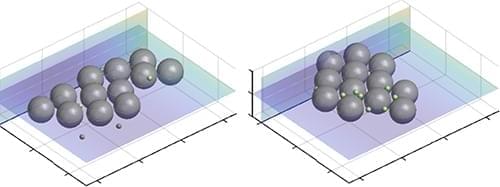


Halide perovskites—already a focus of major research into efficient, low-cost solar cells—have been shown to handle light faster than most semiconductors on the market.
A new paper, published in Nature Nanotechnology, reports quantum transients on the scale of ~2 picoseconds at low temperature in bulk formamidinium lead iodide films grown by scalable solution or vapor methods. That ultrafast timescale indicates use in very fast light sources and other photonic components. Crucially, these effects appear in films made by scalable processing rather than specialized growth in lab settings—suggesting a practical and affordable route to explore ultrafast quantum technology.
“Perovskites continue to surprise us,” said Professor Sam Stranks, who led the study. “This discovery shows how their intriguing nanoscale structure gives rise to intrinsic quantum properties that could be harnessed for future photonic technologies.”

A new method developed at the University of Warwick offers the first simple and predictive way to calculate how irregularly shaped nanoparticles—a dangerous class of airborne pollutant—move through the air.
Every day, we breathe in millions of microscopic particles, including soot, dust, pollen, microplastics, viruses, and synthetic nanoparticles. Some are small enough to slip deep into the lungs and even enter the bloodstream, contributing to conditions such as heart disease, stroke, and cancer.
Most of these airborne particles are irregularly shaped. Yet the mathematical models used to predict how these particles behave typically assume they are perfect spheres, simply because the equations are easier to solve. This makes it difficult to monitor or predict the movement of real-world, non-spherical—and often more hazardous—particles.
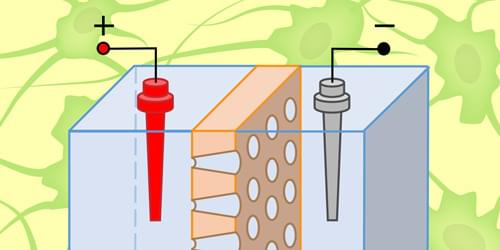
Experiments with membranes offer a path toward scalable neuromorphic computing.
Imagine a future in which computers process information not with streams of electrons but with hydrated ions flowing through salt water, a system that mimics how the brain itself computes. This emerging field—known as iontronics, a portmanteau of ions and electronics—is rapidly growing as researchers design neuromorphic computing devices, inspired by animal nervous systems and powered by electrolyte solutions at the nanoscale [1–3]. Since Leon Chua introduced the memory resistor or “memristor” in the 1970s [4], these components have been considered revolutionary building blocks for neuromorphic computing. A memristor’s electrical resistance depends on the current that flowed through it before it was powered off, offering a way to store information. Unlike solid-state memristors, fluidic ones still face challenges in terms of scalability and integration with a circuit.
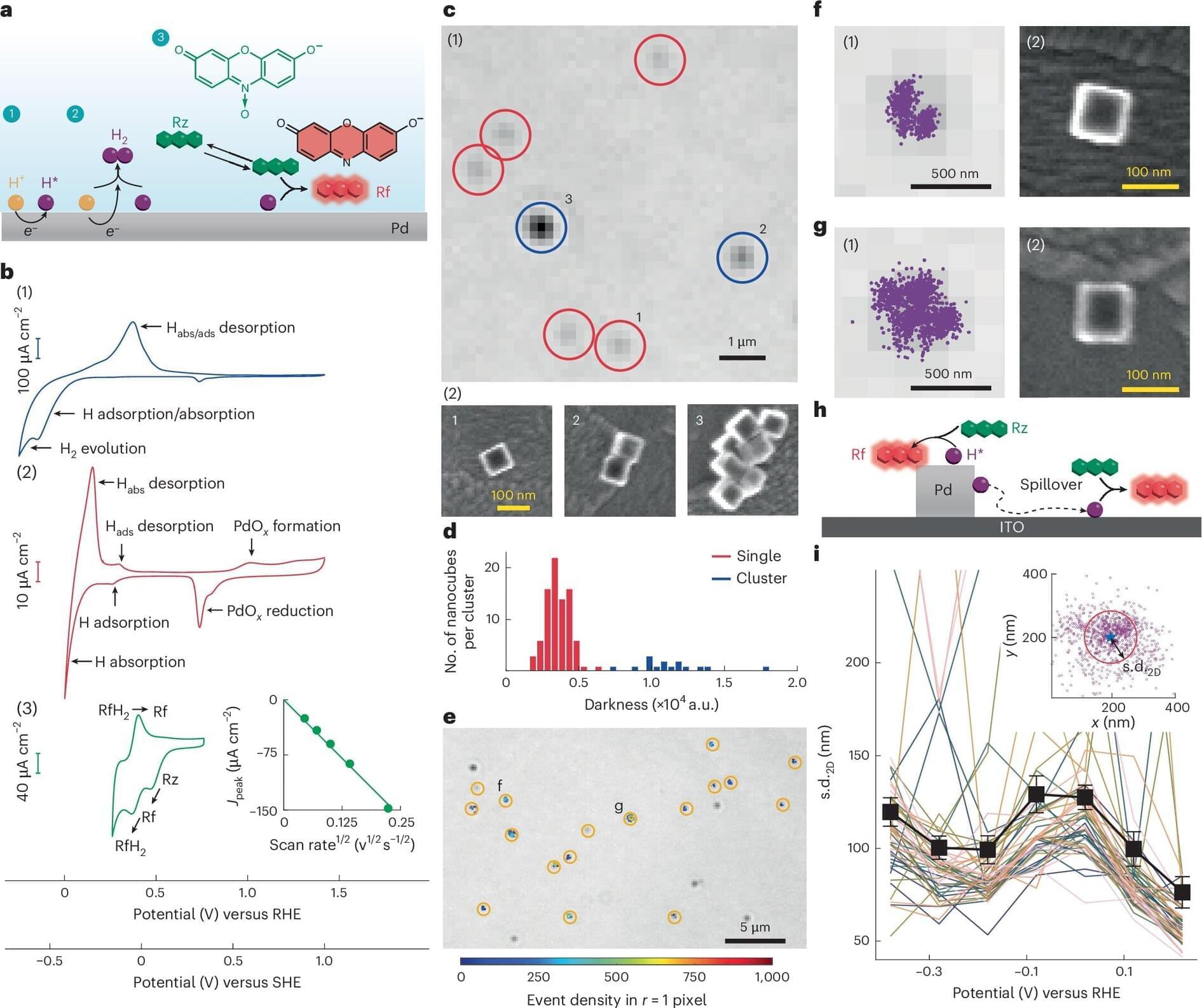
Electrocatalytic transformations not only require electrical energy—they also need a reliable middleman to spark the desired chemical reaction. Surface metal-hydrogen intermediates can effectively produce value-added chemicals and energy conversion, but, given their low concentration and fleeting lifespan, they are difficult to characterize or study in depth, especially at the nanoscale.
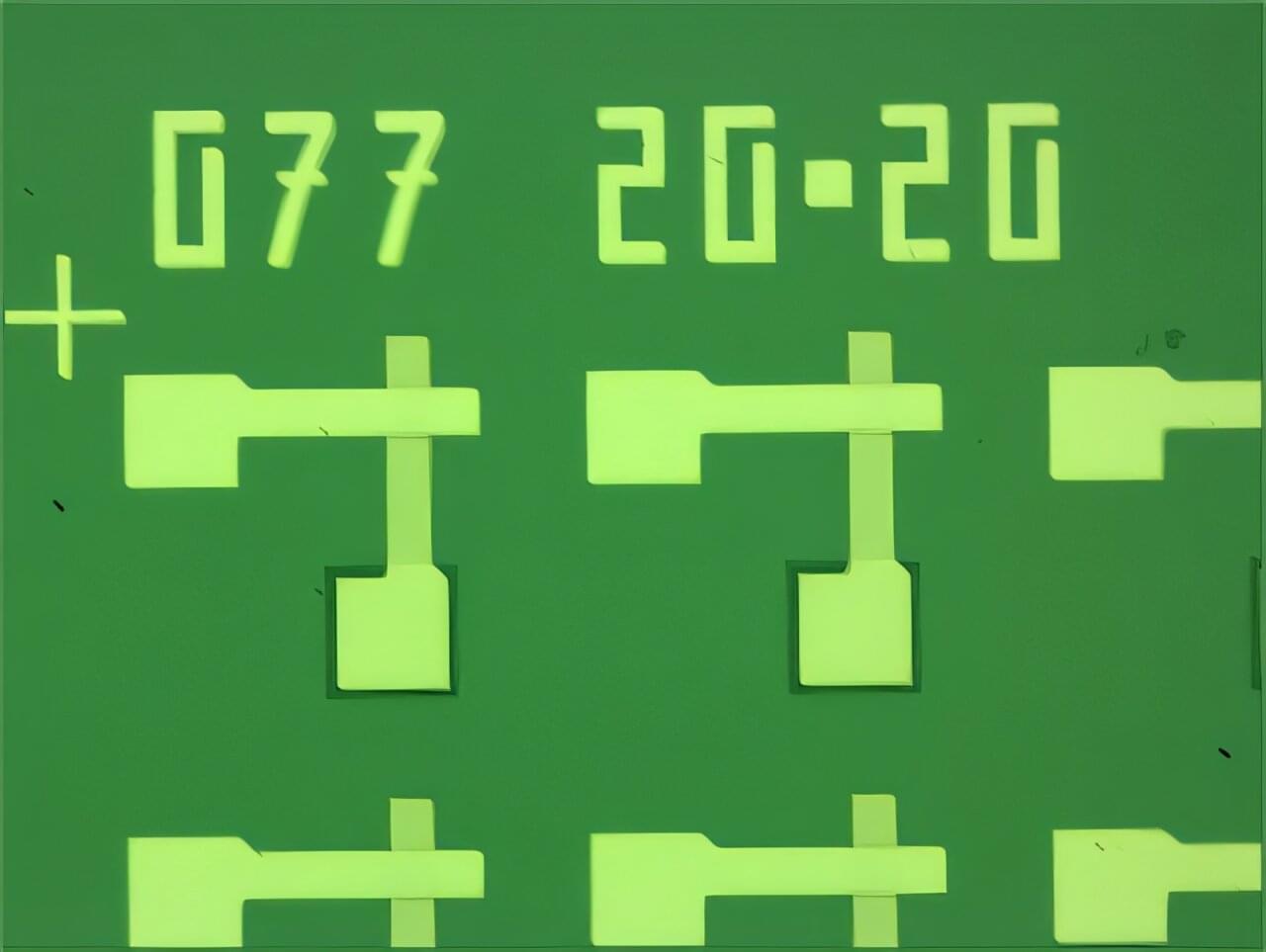
Researchers at Forschungszentrum Jülich, together with international collaborators, have demonstrated for the first time that memristors—novel nanoscale switching devices—can provide stable resistance values directly linked to fundamental constants of nature. This paves the way for electrical units such as electrical resistance to be traced back far more simply and directly than it has been possible to date. By contrast, conventional, quantum-based measurement technology is so demanding that it can only be carried out in a few specialized laboratories worldwide.
The paper is published in the journal Nature Nanotechnology.
Since 2019, all base units of the International System of Units (SI)—including the meter, second, and kilogram—have been based on fundamental natural constants. For example, the kilogram, which was once based on the “prototype kilogram,” is now linked to Planck’s constant h. A meter is defined by the speed of light, and a second by the oscillation of the cesium atom.
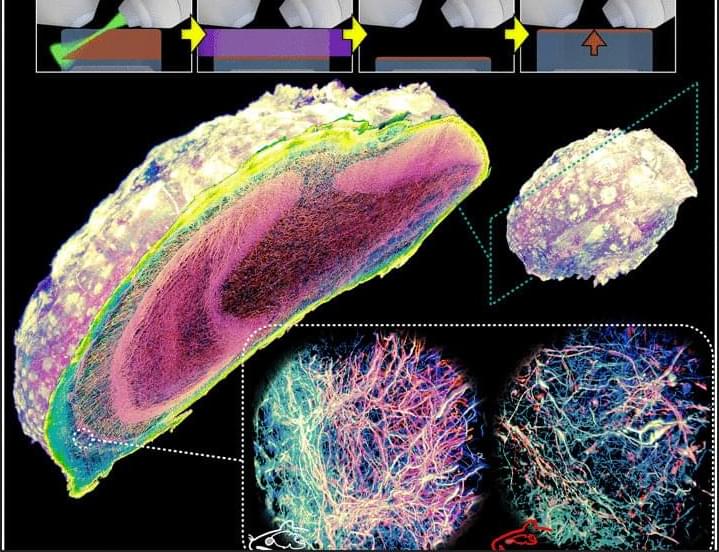
I first explored this amazing work back when it was a preprint! Wang et al. herein developed VIPS (volumetric imaging via photochemical sectioning), a way of using UV light to remove layers of expanded tissue-hydrogel, allowing combination of high-resolution lattice-light sheet microscopy with expansion microscopy. Link: [ https://www.science.org/doi/10.1126/science.adr9109]
In my opinion, this technology has enormous future promise for high-throughput connectomics! They will need to improve their labeling density so that higher expansion factors can be used, but this problem is well-studied and I think the issue will likely be solvable with additional resources/effort.
Optical nanoscopy of intact biological specimens has been transformed by recent advancements in hydrogel-based tissue clearing and expansion, enabling the imaging of cellular and subcellular structures with molecular contrast. However, existing high-resolution fluorescence microscopes are physically limited by objective-to-specimen distance, which prevents the study of whole-mount specimens without physical sectioning. To address this challenge, we developed a photochemical strategy for spatially precise sectioning of specimens. By combining serial photochemical sectioning with lattice light-sheet imaging and petabyte-scale computation, we imaged and reconstructed axons and myelin sheaths across entire mouse olfactory bulbs at nanoscale resolution.
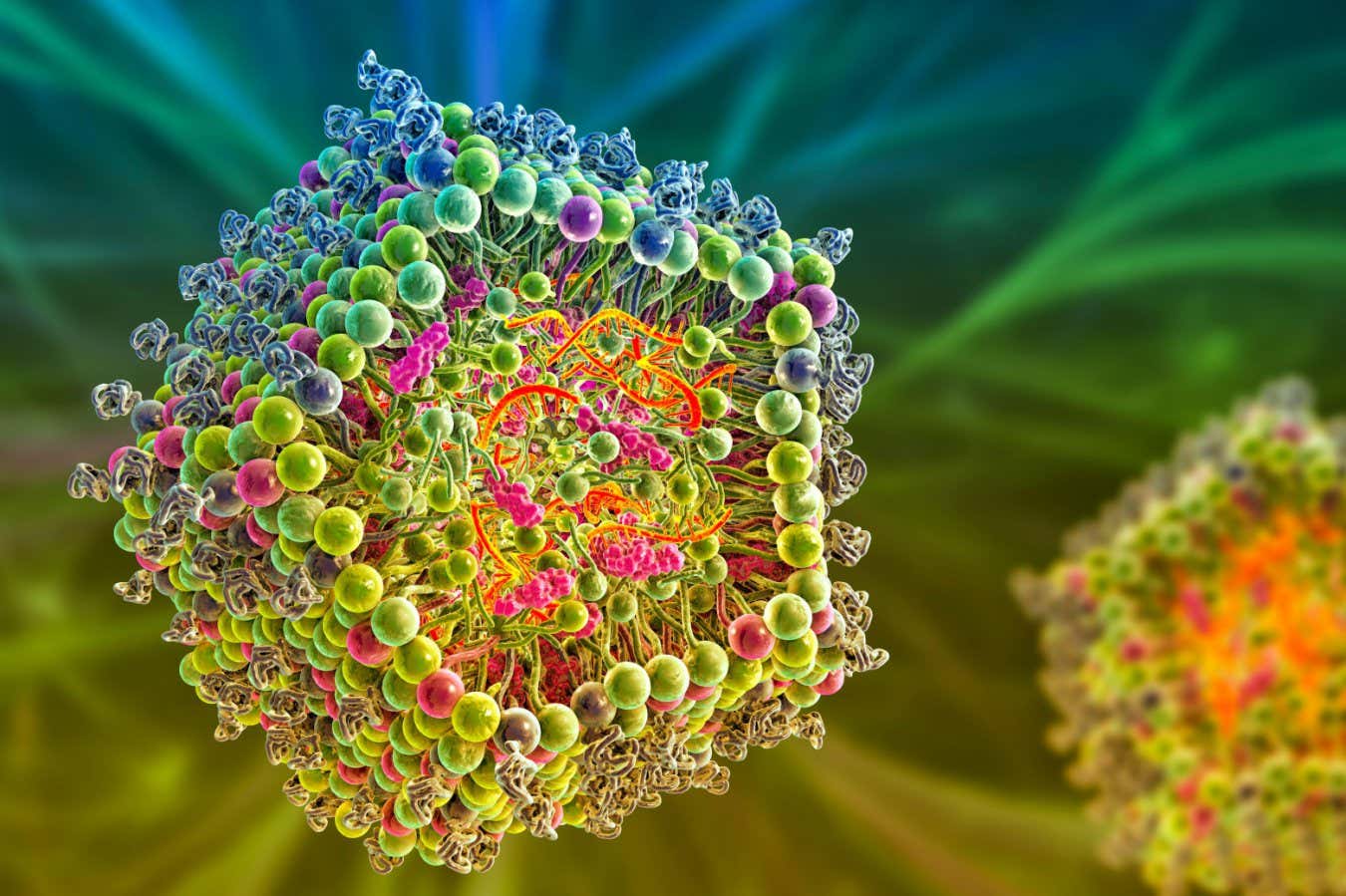
Jeremy Barton and Nanotechnology.
*This video was recorded at ‘Paths to Progress’ at LabWeek hosted by Protocol Labs & Foresight Institute.*
Protocol Labs and Foresight Institute are excited to invite you to apply to a 5-day mini workshop series to celebrate LabWeek, PL’s decentralized conference to further public goods. The theme of the series, Paths to Progress, is aimed at (re)-igniting long overdue progress in longevity bio, molecular nanotechnology, neurotechnology, crypto & AI, and space through emerging decentralized, open, and technology-enabled funding mechanisms.
*This mini-workshop is focused on Paths to Progress in Molecular Nanotechnology*
Molecular manufacturing, in its most ambitious incarnation, would use programmable tools to bring together molecules to make precisely bonded components in order to build larger structures from the ground up. This would enable general-purpose manufacturing of new materials and machines, at a fraction of current waste and price. We are currently nowhere near this ambitious goal. However, recent progress in sub-fields such as DNA nanotechnology, protein-engineering, STM, and AFM provide possible building blocks for the construction of a v1 of molecular manufacturing; the molecular 3D printer. Let’s explore the state of the art and what type of innovation mechanisms could bridge the valley of death: how might we update the original Nanotech roadmap; is a tech tree enough? how might we fund the highly interdisciplinary progress needed to succeed: FRO vs. DAO?
*About The Foresight Institute*

Shifted from slightly against to strongly in favor. 2023: half oppose, 2025: only 29 oppose. People fear new technology… until it is no longer new.
Expect this to happen with things like cell ag (lab grown meat), nanobots, and the like. Most people are not ideologically oppose to them, they just want enough time for them to prove themselves as safe.
“Opposition to autonomous vehicles is on the decline, the poll showed: In 2023, more than 50% of voters opposed driverless cars; now, it’s 29%.”
And:
“Two-thirds of voters said they support allowing fully autonomous vehicles to operate in San Francisco. It’s a significant increase from 2023, when fewer than half agreed with the sentiment.”
(https://sfstandard.com/2025/10/08/san-francisco-became-waymo-pilled/)